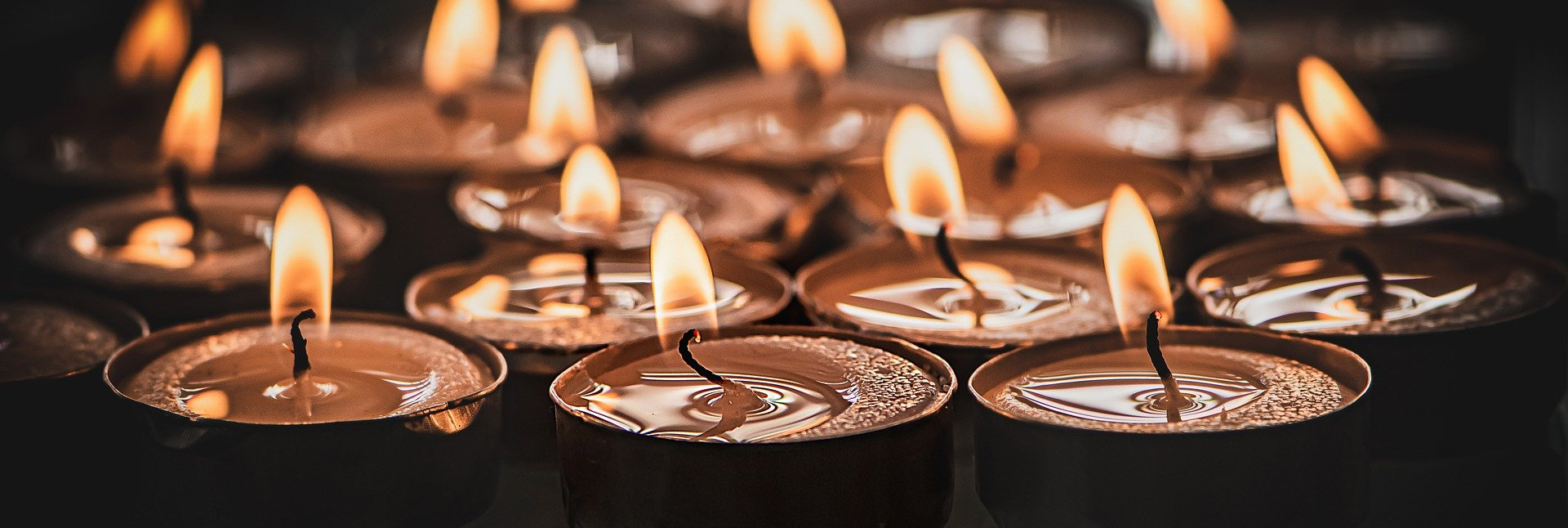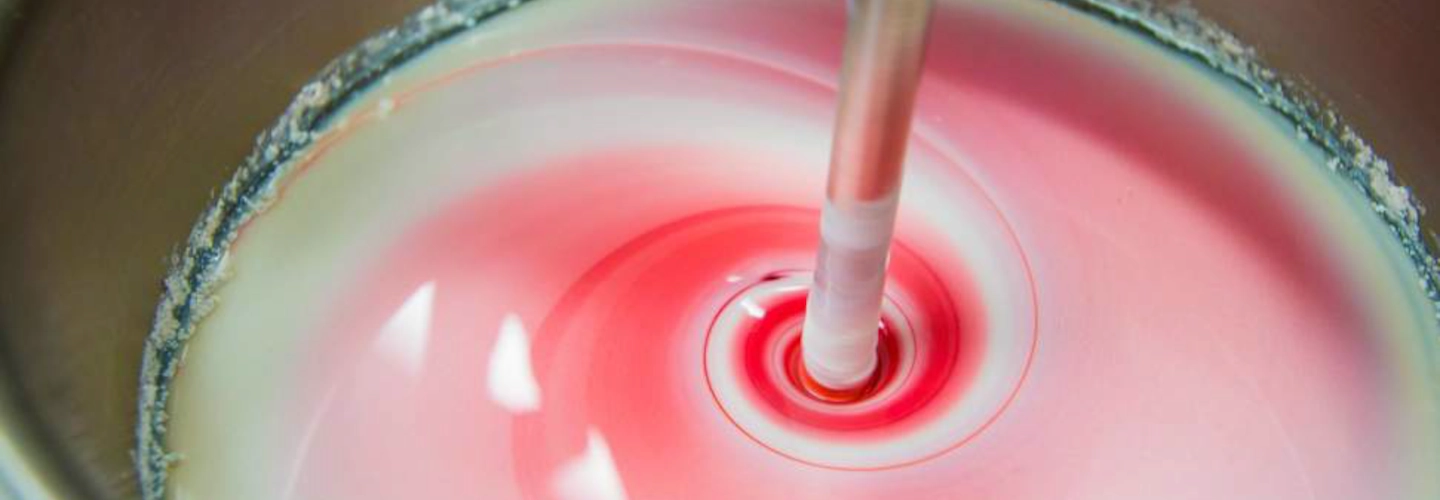Your basket is currently empty!
Candle Making FAQ – Technical information

British Wax is a wax wholesaler, not a candle-making company.
However, we have dealt with and developed candle waxes on behalf of distributors as well as candle makers, for many years. We like everything wax related, and candles play a bit part of that. Do you have questions about how to make candles? Any candle making problems?
Please find below a list of FAQ’s we have been asked over the years. Hopefully your answer is there.
It very much depends on the size of the container you would like to use. As a general rule, you need to double the amount of ‘dry’ wax it takes to fill the container. So for example, if you can fit in 100g of soy wax flakes into the container, you would need to melt 200g of wax. A similar principle would apply for wax melts as it does depend on the size/shape of your moulds.
Alternatively, simply fill your mould or container with water. Then measure the exact amount of water that fills it up by pouring it into a measuring jug (do this in ml’s). Deduct this by 20% and you’ve got the amount of wax you need. For example, if you fill up your container with 100ml of water, deduct 20%, leaving you with needing 80g of wax.
This is a very subjective question as every candle maker has their own preference and it does vary according to the type of wax you are using as well as the potency of your fragrance oil, amongst other factors. We provide a fragrance load % indication within the wax specifications available.
We recommend testing fragrance oils at 5% and adjusting from there. This means, if you are using 100g of wax, to use 5ml of oil to start with and increasing until you reach the desired strength. The maximum percentage would be 10%. Too much fragrance oil can cause colour bleed, reduce performance and increase the price of each candle so try not to add too much.
It is very important to pick the right size wick – having one too thick or too thin will overall affect your candle in many ways, from the way it burns to the amount of scent it releases or inhibits (!)
To pick the right size, it comes down to trial and error. Why – because not only does it depend on your candle wax and your container, but also depends on your fragrance oil as these vary in strength, density and consistency.
A full melt pool can be defined as the wax being heated to an extent that it reaches the edge of its container – generally it should be up to ¼ inch deep. This depth allows the fragrance to diffuse into the room without being burnt off.
It is important to bear in mind that all fragrances have different specific gravity and flash points which effect the burn of your candle and thus the size of the melt pool.
Heavy fragrance oils such as White Lotus or Vanilla will have higher flash points and will require larger wicks, whereas the opposite is true for lighter fragrance oils such as Lemon. We would advise you to look at the flash points of the fragrance oils you are using and adjust the wick size accordingly.
Cracking in candles is often caused by the wax being cooled too fast after being poured into the container – it is best to allow candles to cool at room temperature or in a warm water bath. Avoid trying to quicken the cooling process by cooling candles in cold temperatures such as a fridge or freezer.
A joint advise document has been generated by Trading Standards and the British Candlemakers Federation for anyone planning on selling candles directly to consumers. If you are thinking of becoming a candle maker and selling your candle products this is a useful guide for issues to consider and legal requirements prior to releasing a new product onto the market.
We strongly urge you to NOT USE a microwave. It will lead to the wax melting in a non-uniform manner with the wax having extreme hot spots and cold spots too. Not only is this very dangerous, but can lead to further complications when creating your candles/melts.
Mushrooming occurs when there is an excess amount of wax fuel to be burnt – this can be caused by an oversized wick providing more wax to the flame than can be burned or can also be due to too much fragrance.
To solve this, we would recommend carrying out a test by first reducing the wick size and if the same problem persists, to try reducing the fragrance level.
Pure Soy Wax candles have a high tendency to “frost” – this is when small white crystals on the sides or top of the candle start to form and this is especially apparent when adding dyes.
One possible reason for this is that you’re pouring the wax when it is too hot or cool – try to pour at the right temperature – at around 36 to 43 degrees Celsius.
Another reason could be your room temperature – if it is too cold, your wax will be cooling too quickly resulting in your candle to start frosting. We would also advise you to mix your wax gently and not too vigorously as well as cooling on a wire rack.
Do remember that frosting is extremely common with 100% Soy Wax and indeed, many candle ‘experts’ even look for the frosting as proof as it is an actual pure Soy Candle!
“Wet spots” are the patches or air bubbles that are visible through clear container candles, where the candle wax hasn’t adhered to the container. Firstly – please note that this is probably the most common complaint from candle makers and can even be seen in expensive designer candle brands. Whilst we all want our candles to look beautiful and aesthetically pleasing – the good news is that this doesn’t affect the burning or quality of your candle.
To prevent this happening here are a few tips:
– Pre-heat your glass jars before pouring your candle wax into them – this allows the wax to cool at a slower rate and air bubbles can escape to the surface. If you pour hot candle wax into a cold glass jar it will not only cause air bubbles but also frosting.
– Ensure room conditions are not too cold – standard room temperature is fine.
– Pour the wax slowly into the container.
– After pouring the hot wax, tapping the glassware gently will also release any air bubbles
– Allow your candles to cool on a wire rack rather than on a standard table top. Solid surfaces will cause the wax to cool too fast and cause “wet spots”/air bubbles where the wax pulls away from the sides of the container.
There are two main reasons for this. Like the mushrooming of candle wicks, smoking occurs when there is an excess amount of wax fuel to be burnt – this can be caused by an oversized wick providing more wax to the flame than can be burned or can also be due to too much fragrance.
To solve this, we would recommend carrying out a test by first reducing the wick size and if the same problem persists, to try reducing the fragrance level.
Picture by Ri_Ya – Pixabay
If this didn’t help, please have a look at our Definitive Dictionary of Candle Making Terminology.
If you found what you were looking for, why not checking out our tips for carrying out a candle burn test?
And if you are looking for candle waxes and blends, just have a look at our product range here.
Or just get in touch with us.
Recent posts

Looking to make your bottles unique and eye-catching? Our bespoke bottle sealing wax is tailored to the customer’s precise specifications, and adds a distinctive touch that enhances quality…

We’re thrilled to announce that you can now purchase directly through our website with an online checkout! Currently, this e-commerce feature is available for a…

Sealing wax has a rich and colorful history that dates back centuries, embodying both elegance and function. Originally used to seal important documents and signify…